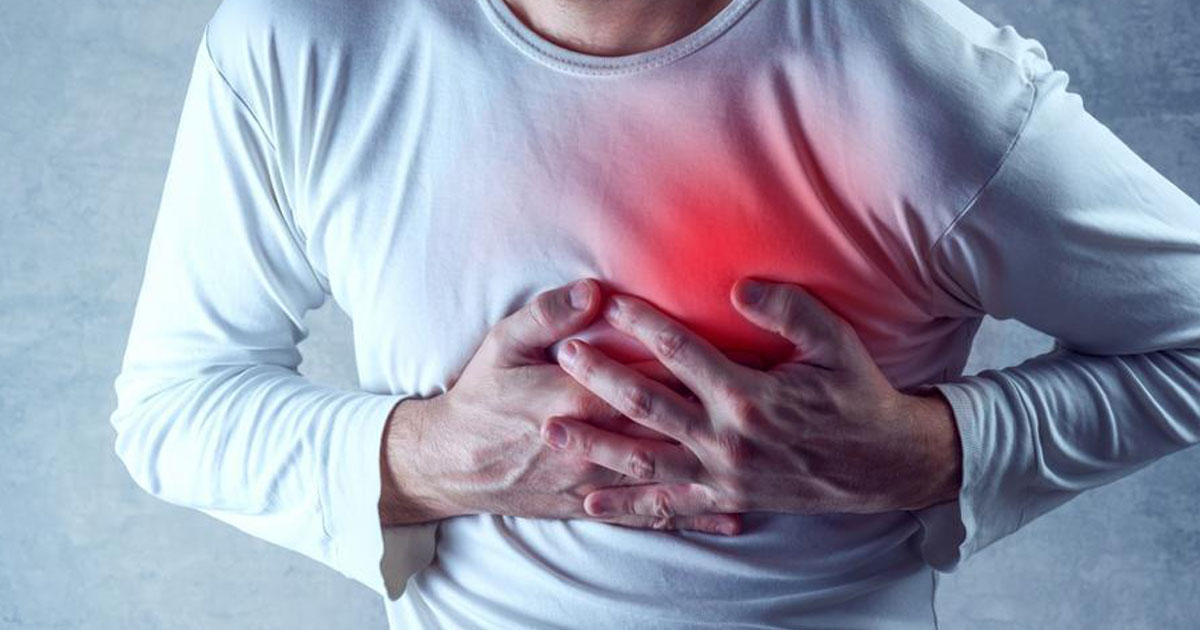Introduction:
Teenagers experiencing heart attacks may seem like an anomaly, considering that less than 10% of these cardiac events occur in individuals under 40. However, a surge in heart attack rates among the youth underscores the influence of lifestyle factors and congenital heart abnormalities. This article delves into the nuanced landscape of heart attack symptoms in teens, shedding light on their causes, risk factors, and preventive measures.
- Teenage heart attacks are a rarity but not an impossibility, emphasizing the importance of understanding symptoms.
- Rising heart attack rates in young people underscore the impact of lifestyle choices and congenital heart issues.
- A closer examination reveals that, even in the face of uncommon occurrences, awareness is paramount for timely intervention.
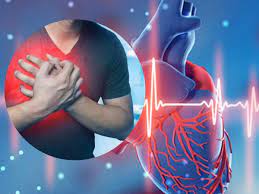
Causes and Risk Factors:
A heart attack occurs when Trusted Source a portion of the heart cannot get enough blood. This can happen when a clot blocks a blood vessel and is more common in people with risk factors that narrow the blood vessels.
A 2018 study of United States adults aged 18 to 39 years found that 8.8% of young adults had at least one heart attack risk factor.
The biggest risk factors for heart attack include:
- diabetes
- high blood pressure
- high cholesterol or triglycerides
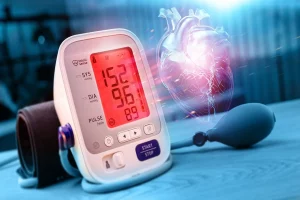
Certain lifestyle factors increase the risk of having one or more risk factors. They include:
- a sedentary lifestyle
- having obesity
- smoking
- a high fat diet
- high cholesterol or high triglycerides
Even with many risk factors, heart attacks are rare in young people. That said, young individuals with congenital heart disease or abnormalities may have a higher risk.

Symptoms and Differentiation:
Chest pain, a hallmark symptom of heart attacks, often manifests as squeezing or pressure in the center or left side of the chest. Other symptoms include jaw, neck, or back pain, shortness of breath, weakness, fatigue, and nausea. Distinguishing heart attack symptoms from other causes of chest pain becomes imperative, necessitating thorough investigation and prompt care.
- Chest pain, described as squeezing or pressure, is the primary symptom of a heart attack.
- Additional symptoms encompass jaw, neck, or back pain, shortness of breath, weakness, fatigue, and nausea.
- Proper differentiation is crucial, ensuring swift investigation and care for teenagers experiencing chest pain.

Sudden Cardiac Arrest in Teens:
Sudden cardiac arrest, characterized by irregular heart rhythm or a sudden stop in pumping blood, is rare but more prevalent in young people with underlying heart conditions. Recognizing the significance of early detection, The American Academy of Pediatrics recommends screening for risk factors every three years.
- Sudden cardiac arrest is rare but more common in young individuals with underlying heart conditions.
- The American Academy of Pediatrics advocates for regular screening every three years to detect and address risk factors promptly.
- Early detection plays a pivotal role in preventing sudden cardiac arrest in teenagers with congenital heart abnormalities.
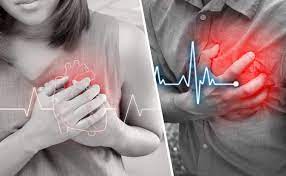
Other Causes of Chest Pain:
Chest pain is in young people, a heart attack is not the most likely cause. Some of the most common causes include:
- muscle injuries
- heartburn
- gastrointestinal problems
- pneumonia
- infections such as herpes
- anxiety
- panic attacks
More serious causes, such as infections of the heart, may also cause chest pain.

Panic attack
A panic attack can feel very similar to a heart attack. A person may have an overwhelming sensation that they are dying, in addition to experiencing chest pain and trouble breathing. For this reason, it can be difficult to distinguish a panic attack from a heart attack. Someone with any doubts can seek emergency care.
Panic attack symptoms are more likely to be from panic and less likely to be from a heart attack if the following occur:
- A person is feeling very anxious or has recently had an increase in anxiety.
- An individual does not have heart disease risk factors.
- Symptoms go away on their own.
- Symptoms get better with relaxation techniques such as meditation or breathing slowly.
- Symptoms are similar to panic attacks someone has previously had.

Panic Attacks vs. Heart Attacks:
| Feature | Panic Attack | Heart Attack |
|---|---|---|
| Primary Trigger | Stress, anxiety, or sudden intense fear | Reduced blood flow to the heart |
| Onset | Typically sudden and without warning | Can be sudden or gradual, often with warning signs |
| Chest Pain | Often present, but tends to be sharp or stabbing | Common, often described as squeezing or pressure |
| Duration of Symptoms | Usually brief, ranging from a few minutes to an hour | Prolonged, with symptoms lasting 15 minutes or more |
| Breathing Difficulties | Rapid, shallow breathing | Shortness of breath, difficulty breathing |
| Sweating | Common, can be profuse | Common, may include cold, clammy skin |
| Heart Rate | Increased (tachycardia) | Increased, irregular heartbeat (arrhythmia) |
| Nausea and Vomiting | Possible, but not always present | Common, may be accompanied by nausea and vomiting |
| Location of Pain | Diffuse, may not be limited to the chest | Often centered in the chest, radiating to arms |
| Relief with Relaxation | Often improves with relaxation techniques | Little to no improvement with relaxation |
| Response to Nitroglycerin | Usually no effect | May provide relief in the case of a heart attack |
| Risk Factors | History of anxiety or panic disorders | Risk factors include age, family history, smoking |
| Emergency Response | Typically does not require emergency medical attention | Requires immediate medical attention |
Prevention and Heart Health:
Mitigating heart disease and heart attack risks in teenagers involves a multi-faceted approach. Regular check-ups, monitoring and treating underlying health conditions, adopting a healthy diet, reducing sodium and sugar intake, avoiding trans fats, increasing physical activity, and maintaining a healthy weight collectively contribute to optimal heart health.
- speaking with a doctor and asking about heart disease risk factors
- monitoring and treating any underlying health conditions, especially diabetes and other conditions that can affect heart health
- eating a healthy, balanced diet
- reducing consumption of sodium and sugar and avoiding trans fats
- becoming more physically active
- maintaining or attaining a healthy weight
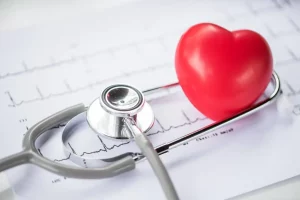
Conclusion:
Heart attacks are very rare in people under 40 years and rarer still in teenagers. That said, they can happen, especially in those with underlying heart disease. Regular check-ups can help a person assess their cardiovascular health and develop a plan for managing their risk factors.
Teenagers who experience chest pain or other heart attack symptoms need to tell a parent or other adult and seek prompt emergency care.
In conclusion, understanding the distinctions between panic attacks and heart attacks is crucial for timely and appropriate responses. While panic attacks are often triggered by stress or anxiety and tend to be brief, heart attacks result from reduced blood flow to the heart and can manifest with prolonged, intense symptoms. Recognizing key differences in chest pain, breathing difficulties, sweating, and other factors can aid in distinguishing between these conditions. However, due to potential overlaps in symptoms, seeking emergency medical attention is essential when uncertainty arises. Being aware of risk factors, such as age and family history, and adopting a proactive approach to heart health are vital components in ensuring the well-being of individuals experiencing these distressing symptoms.

